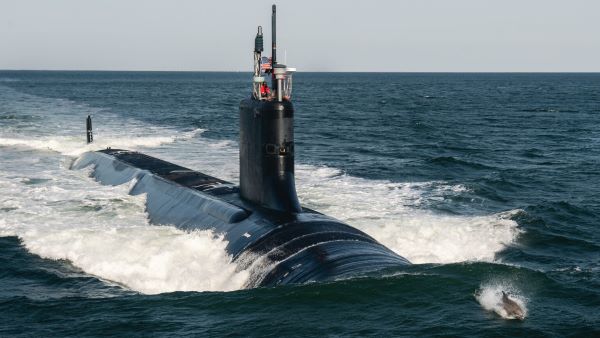Basically this is the thinking behind the GP frigates. Newer, more capable ships in service without the AEGIS bottle neck.
Not perfect, but useful and reliable. Cheaper to operate, easier to crew.
AEGIS is a wonderful system, but isn't flawless. Some of its strengths are some of its weaknesses.
- Its expensive
- Its complicated to develop, upgrade and integrate
- Its continually developed, requiring constant upgrades often requiring hardware upgrades
- Its designed around USN concepts like large ships, large crews, large power, large growth margins etc.
- Its designed around USN weapons.
- Its designed around USN fleet operations. Many ships, mostly in things like carrier strike groups. All from the same Navy, all with the same compatible aegis setup and radar.
While we mostly use US weapons, sometimes we don't. Sometimes we don't want to use US sensors either, or US subsystems. Particularly on smaller ships, where cost, size, power, etc are all more limited. Where large, heavy, oversized systems are not appropriate.
While the US does make good kit. Sometimes, they get it wrong, or sometimes they end up with an average product, or a product that under delivers particularly for the cost, or has specific short comings, which aren't a problem for the US, but are for smaller navies.
As for diverting some of the systems intended for to upgrade the existing Hobart-class DDG's, that might be possible, but I am not certain that what was being acquired for the upgrade would be sufficient to enable a complete CMS installation aboard a new/different vessel. Also, the upgrades are planned for a reason, namely that the existing vessel's systems are at this point needing to be upgraded.
The Hobart upgrade has some big issues.
Its takes the most capable, and newest ships out of the fleet. It has high risk. It has high costs. It upsets crewing and training and deployments for many years. With only 3 ships, there is no possibility of breaking up the project. If we had 4, then it may have been possible to just do 2 ships, leave and 12 month break, then do the last 2, learning lessons and then finishing it off. This would also give ~12 months of possible additional schedule contingency. Reduce risk, reduce costs. It also would mean we wouldn't need the entire fleet off line in various states of disassembly/reassembly.
My issue with it, is the cost effectiveness. The program soaks up the best yard, the best people, a lot of focus, a lot of cash (almost equal the cost of building the entire class!) and removes huge capability and breaks all sorts of staff/crew/deployment issues. For just 3 ships which already have limitations in radar and weapons.
What is really annoying is we should have built a 4th AWD with these more modern system built in, and then it would have de-risked the program for the existing ships and kept the yard going and the ship would be able to bridge capability while the others were upgraded. These are problems we should have avoided. Or if when we decided to not build the 4th AWD, costed out the cost of cancelling it, and made arrangements with the Spanish regarding de-risking the upgrade. The advantage of a in-service design, is that we could do that. Really it should have been written into the contract and part of the initial project.
Going forward, I wonder if we should consider batching ships in either 2 or 4 rather than 3.


